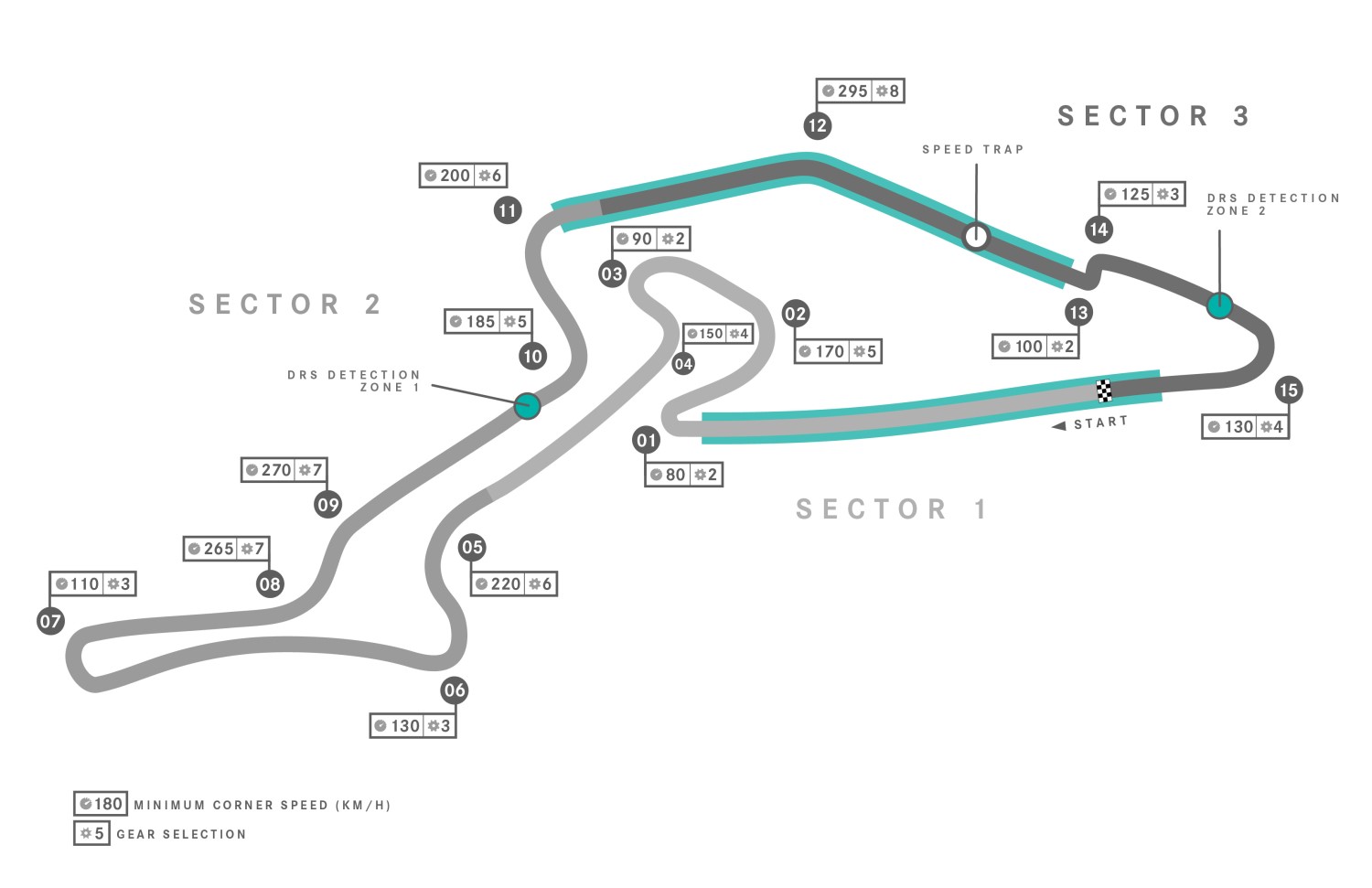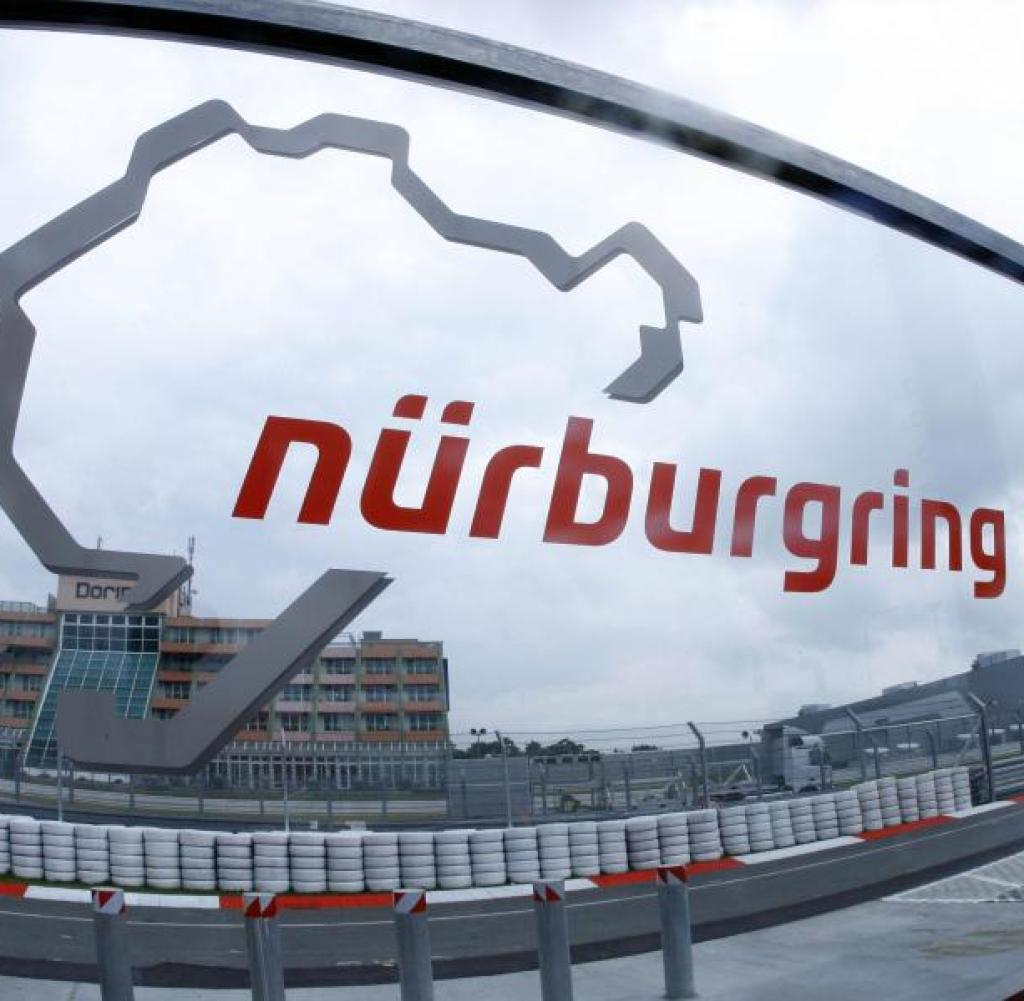2020 Eifel Grand Prix – Preview
F1 Teams are ready to delve into rural Rhineland as Formula 1 ends a seven-year absence from Germany’s Nürburgring for the Eifel Grand Prix.
The Nürburgring is synonymous in motorsport circles courtesy of the Nordschleife circuit that winds its way through the Eifel Mountains. The 14-mile Nordschleife circuit, featuring over 100 turns, was regarded as one of motorsport’s greatest challenges and its danger was apparent – with Sir Jackie Stewart giving it the nickname ‘The Green Hell’.
The near-fatal accident that befell Niki Lauda in 1976 brought an end to Formula 1 action at the Nordschleife and when the championship returned to the calendar in 1984 it was on the GP-Strecke, the layout of which has remained unchanged since 2002, when an additional sequence of corners was added to the opening sector of the lap.
Formula 1 events at the Nürburgring have previously been called the German Grand Prix, the European Grand Prix and even the Luxembourg Grand Prix, and for 2020 it has another name – the Eifel Grand Prix, named after the mountain range in which the circuit is located. Those mountains can have an influence on the weather. Even in the height of summer sudden downpours and chilly conditions can be expected – and with Formula 1 visiting Nürburgring in the fall the paddock is braced for potentially cold and changeable conditions, bringing another challenge into the unusual 2020 season.
Not to be outdone, in more recent times, the “new” Nürburgring created indelible memories of its own: and while the new layout couldn’t match the old one in terms of the bravery it required, there were many breath-taking moments even on the shorter, 3.23-mile circuit. We had the Luxembourg Grand Prix, the European Grand Prix, the German Grand Prix (and we’ll be adding the Eifel Grand Prix this year). Kimi suffered heartbreak twice, retiring from the lead in both 2003 and, crucially, on the last lap in 2005. 2007 saw a massive storm break over the track as the cars completed the formation lap, rewarding the bold call of Markus Winkelhock, who pitted for wet tires and went on to lead the race – by quite a margin – on his debut in an unfancied Spyker as his rivals aquaplaned off track in the rain. Things did get crazy, here.
To race modern Formula Ones at the Nürburgring, however, is not just a throwback to the past. Ours is a sport that never stands still, and each new round, even in this topsy-turvy 2020 season, is a new page in the 70-year-old book of racing we’ve been writing: a new qualifying battle, a new race marked by overtakes, pit stops, crashes and near misses, success and despair. A new record, like the one Kimi Raikkonen will set by taking the start of the race on Sunday – his 323rd, nobody before reaching this tally.
It is therefore fitting that, in this venue that mixes past and present and creates new history with every turn, new faces make their first foray into the world of Formula One race weekends at a time when old records are falling. When Mick Schumacher will head out of the garage in Free Practice 1, one of the drivers making his practice debut this weekend, in a venue in which this legendary name won five times, a new generation of racers will start putting ink to paper and writing their story.
This sport never stands still. Even the concrete and tarmac of the Nürburgring itself morphed through time into the track it is today. The legends of today are breaking the barriers of what is possible; the new generations make their first steps, as did their predecessors years ago. The story continues.
Weather will be a factor
Holding the Grand Prix in early October means that the weather could be a major contributor to how the weekend unfolds. It is likely to be cold and windy with a reasonable chance of rain. Pirelli are bringing their middle range of compounds and understanding how these will work if the conditions are cold will be teams first objective.
- The weather is set to be the biggest talking point at this time of year, with rain quite likely and low temperatures also very possible. The recent Nürburgring 24 Hours was neutralized for more than nine hours as a result of torrential rain, so there’s a strong chance of seeing the Cinturato wet-weather tires at some point during the F1 weekend. The frequent rain in the Eifel region also means that the track surface is often ‘green’ and slippery, as any rubber that gets laid down is often washed away.
- There are some quite aggressive curbs on the chicanes (particularly at the NGK one) that encourage the drivers to take a clean line.
- The Nürburgring is generally a balanced circuit, with a roughly equal mix of lateral and longitudinal forces acting on the car.
- The hairpin Turn 7 is particularly tricky: there is a big deceleration heading into it and the front-left tire has to do a lot of work to compensate for the unusual camber of the corner.
- Cold weather below 10 degrees centigrade ambient can potentially cause ‘cold cracks’ in the tyres, which means that they need to be carefully looked after while being fitted in the fitting area and then stored by the teams.
Pirelli Tires

Track


Fact File: Eifel Grand Prix
- The Eifel Grand Prix is the fourth different name for an F1 race held at the Nürburgring, having previously held the German, European and Luxembourg Grands Prix.
- The 1934 Eifel Race was the birthplace of the Silver Arrows legend. On 3 June 1934, the newly developed Mercedes-Benz W25 won the Eifelrennen with an average speed of 122.5 km/h. Legend has it that the W25 was slightly above the weight limit for the 750kg Formula in which it competed, which is why, allegedly, its white paint was scraped off before the race to meet the regulatory limits, exposing its shiny bodywork – and the first Silver Arrow was born.
- Formula One returns to the Nürburgring for the first time since the 2013 season, where Lewis Hamilton finished P5 and Nico Rosberg finished P9 in their Mercedes W04s.
- The Nürburgring presents a good all-round test of a car’s performance, because it includes a wide range of corner speed and profiles – from high-speed turns, to slow-speed hairpins and twisty chicanes.
- Lewis qualified on pole for the last F1 race at the Nürburgring in 2013 with a 1:29.398, and we expect this year’s W11 to be around five seconds faster than the W04.
- It’s a track that requires high downforce levels, which means that the maximum speed anticipated for the W11 (316 km/h) is expected to be the lowest figure of the 2020 F1 calendar.
- The Nürburgring’s undulations are one of its most striking features, with a large amount of elevation change. In fact, the difference between the highest point (the start/finish straight) and the lowest point (Turn 7) measures around 55 meters.
- The modern Nürburgring’s pit straight is positioned in the same spot as the start/finish straight of the old Südschleife, which no longer exists. Most of the Südschleife’s former layout is now public road.
- The opening of the ‘new’ Nürburgring track on the 12 May 1984 was celebrated with an exhibition race, where 16 F1 drivers – from both past and present seasons – and four local drivers competed in identical Mercedes 190E 2.3-16s. F1 newcomer Ayrton Senna won the race, just ahead of Niki Lauda – who started from the back of the field.
- Turn 7 is one of the track’s most challenging sections, because the corner is quite heavily banked and therefore allows drivers to carry more speed through it. However, the approach and braking zone for Turn 7 is downhill and this can lead drivers to brake too late or overshoot the braking zone.
- One of the biggest unknowns for all the teams heading into the Eifel Grand Prix weekend is the track surface and how it has evolved over time, because getting the tires to work and understanding the operating window will be crucial to unlocking performance out on track. This will make the laps in Friday practice even more important.
- Another key element to the weekend will be the weather and, in particular, the temperature – which averages at just 9°C in October at the Nürburgring. This will present its own unique set of challenges for the tires.
- Turn 1 is the slowest corner on the track, taken at just 80 kph, but happens to also be one of the most interesting because the track widens and opens up considerably on the exit, allowing drivers to take a variety of different lines and making it a strong overtaking opportunity.
